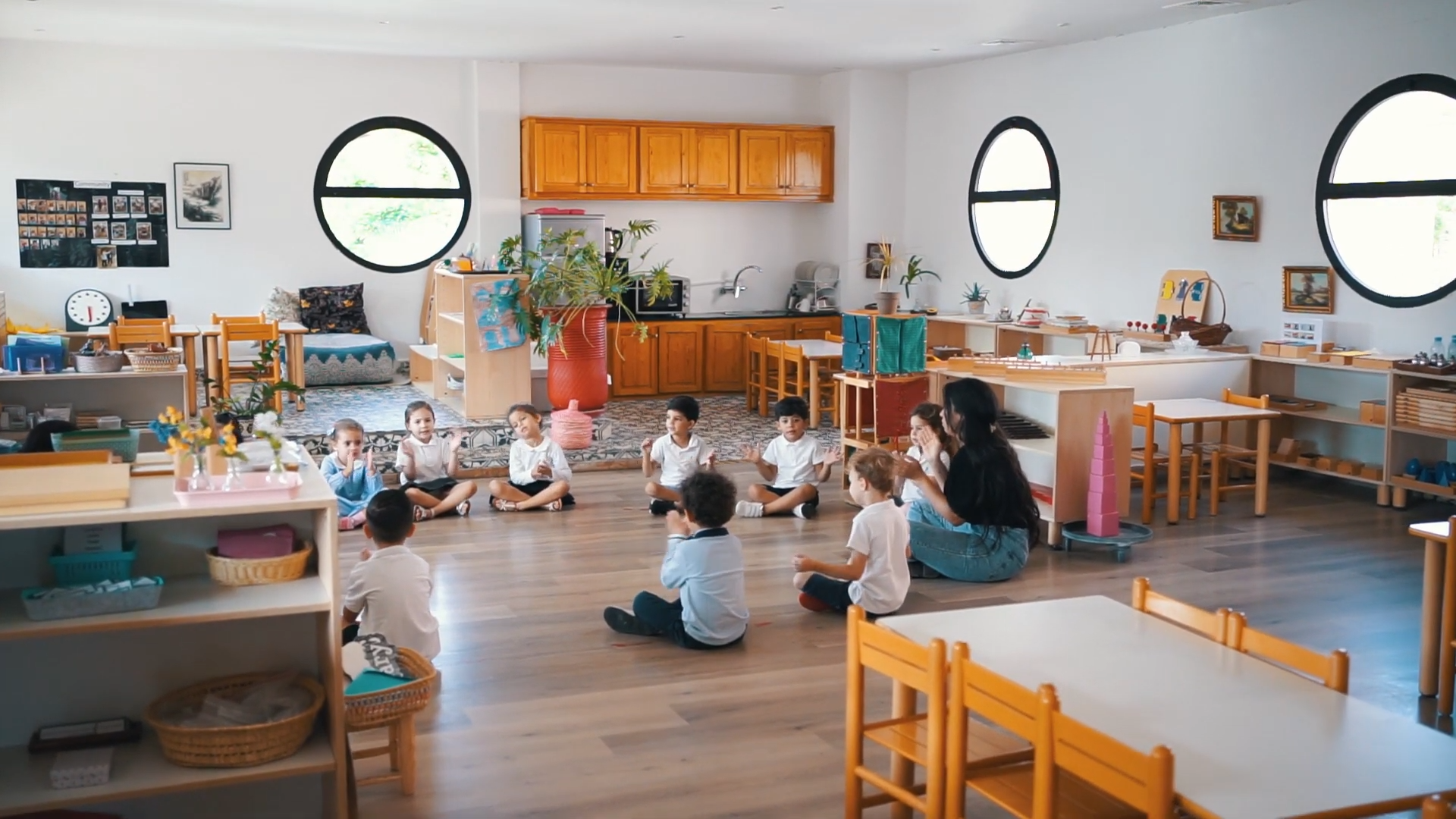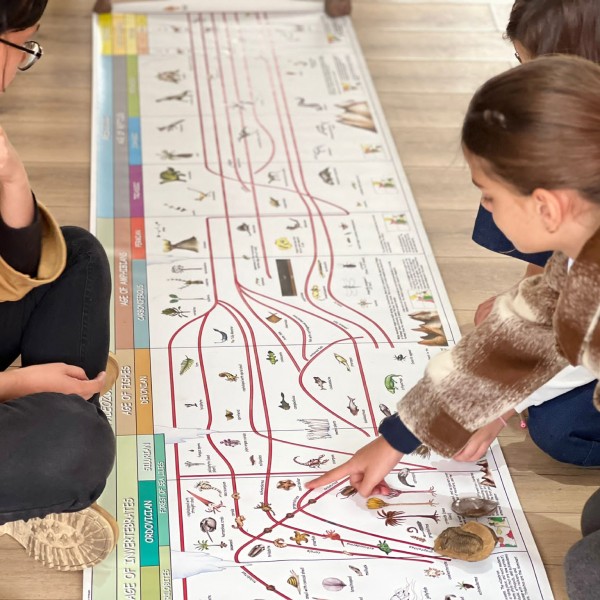Montessori at home 10 tips: parent guide
[toc]
Montessori at home 10 tips gives you a clear, age-appropriate plan to extend classroom principles into daily family life. You will set up simple spaces, foster independence, use calm language, and offer work that matches development for ages 3–6 and 6–12.
1) Understand your role: guide, not lecturer
Montessori expects adults to remove friction, not to control outcomes. Observe first. Present briefly. Step back.

Montessori at home 10 tips
How to act like a guide
-
Show the sequence slowly once.
-
Use few words. Move left to right.
-
Invite practice. Watch without interrupting.
-
Correct by re-presenting, not scolding.
What to watch
Grip, posture, order of steps, points of struggle. Adjust the environment, not the child. This mindset anchors Montessori at home 10 tips.
2) Prepare the environment room by room

Montessori at home 10 tips
Entry
-
Low hook, shoe tray, basket for hat and card.
-
Child hangs and manages items alone.
Kitchen
-
Learning tower or safe step.
-
Snack station: small pitcher, cups, cloths, cutter.
Living area
-
One low shelf, 6–10 activities max.
-
A floor mat marks work territory.
Bedroom
-
Low wardrobe bar, two-choice outfit rail.
-
Floor bed or low bed the child can make.
Quiet corner
-
Mat, plant, basket with 3–5 books, sketch pad.
-
No screens. Calm lighting.
Order and access beat quantity. Beauty invites care. Montessori at home 10 tips always prioritizes simplicity over gadgets.
3) Practical life first: real work, real tools
Real tasks build coordination, focus, and pride.
Core trays (3–6)
-
Dry pouring with two jugs and beans.
-
Wet pouring with a small pitcher, sponge for spills.
-
Spoon transfer, tong transfer, cloth folding.
-
Shoe care kit, handwashing, plant watering.
Home jobs (6–12)
-
Snack prep list, weekly meal help.
-
Laundry cycle the child runs end-to-end.
-
Balcony or garden plan: sow, water, log growth.
-
Simple errands checklist for market visits.
Present once. Keep parts complete on a tray. Return items to the same spot. This discipline is central to Montessori at home 10 tips.
4) Sensorial and art: refine the senses, build control
Sensorial (3–6)
-
Texture baskets (fabric, paper, natural items).
-
Sound jars (rice, coins, beads) paired by ear.
-
Mystery bag: feel, name, match to picture.
Art setup
-
One tray per medium: crayons, watercolors, clay.
-
Small water jar, cloth, paper cut to tray size.
-
Present cleaning and storage as part of the work.
Extension (6–12)
-
Nature sketching, color mixing notebook.
-
Scale, ruler, and balance experiments.
-
Photography walk with “find three textures.”
5) Language the Montessori way
Phonemic awareness (3–6)
-
Sound games: “I spy a sound /m/.”
-
Sandpaper letters: trace while saying the sound.
-
Moveable alphabet: build CVC words.
Reading
-
Shelf of decodable readers plus picture books of choice.
-
One short read-aloud daily. Point and name.
Writing
-
Metal insets for control, then labels for home objects.
-
Dictate a caption for a drawing.
Upper (6–12)
-
10–15 minutes read-aloud, then a two-sentence narration.
-
Word study and mini-research cards tied to real interests.
Keep corrections light. Model the target and move on. Montessori at home 10 tips treats language as use, not pressure.
6) Math from concrete to abstract
3–6
-
Count real items while setting the table.
-
Number rods or DIY length sticks.
-
Bead stringing patterns; simple tally marks.
6–12
-
Cooking with fractions.
-
Budget a small market list. Compare unit prices.
-
Track plant growth; make one graph per month.
Link symbols to action. Quantity precedes notation. Keep the “why” visible.
7) Grace and courtesy: social skills as daily practice
Practice short scripts and roles rather than lectures.
Scripts to model
-
“May I join you?” “Your turn. My turn.”
-
“Please help me.” “Thank you for waiting.”
-
“I will return this when done.”
Games
-
Silent game: move quietly and place objects.
-
Passing game: hand an item with eye contact and a word of thanks.
Small, repeatable rituals stabilize the home atmosphere. Montessori at home 10 tips favors rehearsal over reminders.
8) Routines that protect concentration
Morning
-
Dress from a two-choice rail.
-
Device-free until after breakfast.
-
Child packs water and snack.
After school
-
Snack, outdoor movement, then shelf work or reading.
-
One rotating practical task.
-
Keep screens short and scheduled.
Evening
-
Prepare outfit and bag.
-
Ten-minute tidy with a timer and music.
-
Lights out at a fixed time.
Predictable flow reduces friction and refusals.
9) Positive discipline: boundaries with respect
-
State what to do, not what to stop.
“Carry the tray with two hands.” -
Offer two good choices.
“Sweep now or after snack?” -
Fix the environment when behavior repeats.
Reduce items, lower hooks, simplify steps. -
Natural consequences, not shame.
Spilled water → fetch cloth, absorb slowly.
When stuck, re-present the lesson instead of warning again. This is a core move in Montessori at home 10 tips.
10) Observe, then iterate (your weekly loop)
-
Watch one activity start-to-finish without speaking.
-
Note where the child struggles: reach, weight, steps, time.
-
Adjust tray parts, height, lighting, or sequence.
-
Re-present calmly.
-
Rotate one activity in, one out, each week.
Small changes beat big lectures. Observation is your steering wheel.
Age guides
Ages 3–6: starter week plan
-
Mon: pouring tray + sound game.
-
Tue: spoon transfer + sandpaper letters 2 sounds.
-
Wed: plant watering + picture book retell.
-
Thu: cloth folding + moveable alphabet 3 words.
-
Fri: kitchen help slicing a banana + tidy routine.
-
Sat: nature walk; collect three leaves; sort by size.
-
Sun: art tray; metal inset patterns; hang one drawing.
Ages 6–12: starter week plan
-
Mon: pack and plan; 10-min read-aloud; two-sentence narration.
-
Tue: cook one recipe; halve or double ingredients.
-
Wed: market price compare; compute total and change.
-
Thu: mini-research card; three facts; tell a sibling.
-
Fri: balcony or garden care; graph water schedule.
-
Sat: service task for family; reflect one line in a notebook.
-
Sun: board game for logic; write three new words to study.
Sample shelf lists
3–6 shelf (8 items)
-
Dry pouring
-
Wet pouring
-
Spoon transfer
-
Cloth folding
-
Texture matching
-
Sound jars
-
Sandpaper letters
-
Moveable alphabet (starter set)
6–12 shelf (8 items)
-
Reading basket (decodables + interest books)
-
Word study cards
-
Notebook + ruler + stopwatch
-
Research cards (plants, geography)
-
Fractions kit (measuring cups)
-
Budget sheet + calculator
-
Nature sketch kit
-
Practical life toolkit (screwdriver, cloths)
Montessori at home 10 tips: Common pitfalls and quick fixes
-
Too many toys out.
Fix: limit to 6–10; store the rest; rotate weekly. -
Adult talks through the whole task.
Fix: demonstrate in silence; speak after. -
Trays look pretty but are heavy or large.
Fix: child-sized tools; light pitchers; small cloths. -
Endless reminders to tidy.
Fix: timer + one song; fixed places with outline photos. -
Power struggles.
Fix: two good choices; adjust the environment; re-present.
Bilingual families (Morocco focus)
-
Assign micro-routines to languages: snack in English, bedtime story in Arabic, weekend library in French.
-
Label shelves in two or three languages with simple, consistent terms.
-
Keep immersion inside real work, not only songs.
-
Track functional milestones: follows directions, names tools, reads decodables.
Safety and maintenance: 10 tips: parent guide
-
Real tools, but scaled and safe.
-
Water work on a tray with a sponge.
-
Glass cups are fine if child-sized and supervised; breakage teaches care.
-
Weekly shelf audit: clean, repair, replace missing parts.
External resources (dofollow)
-
Association Montessori Internationale (AMI) — standards and training
-
UNESCO — child-centered learning principles
Internal links
FAQ
Do I need official materials?
No. Function beats branding. Respect size, sequence, and control of error.
How long should shelf work last?
Short and daily beats long and rare. Ten to twenty minutes focused is enough.
What if my child refuses a tray?
Rotate it out. Offer a choice. Re-present next week.
How many activities should I show at once?
One. Then step back. Add another after the child practices freely.
Montessori at home 10 tips : One-page daily routine (printable)
Morning
Dress → breakfast → pack snack and water → device-free departure.
After school
Snack → outdoor movement → shelf work or reading → one practical task.
Evening
Prepare outfit and bag → 10-min tidy → read-aloud → lights out.
Conclusion
Calm independence grows when environments are clear and adults are consistent. With Montessori at home 10 tips, you present once, observe often, and refine the setup weekly. Keep shelves light, routines steady, language short, and work real. Small, repeatable steps turn your home into a place where your child can focus, help, and thrive—every day.






